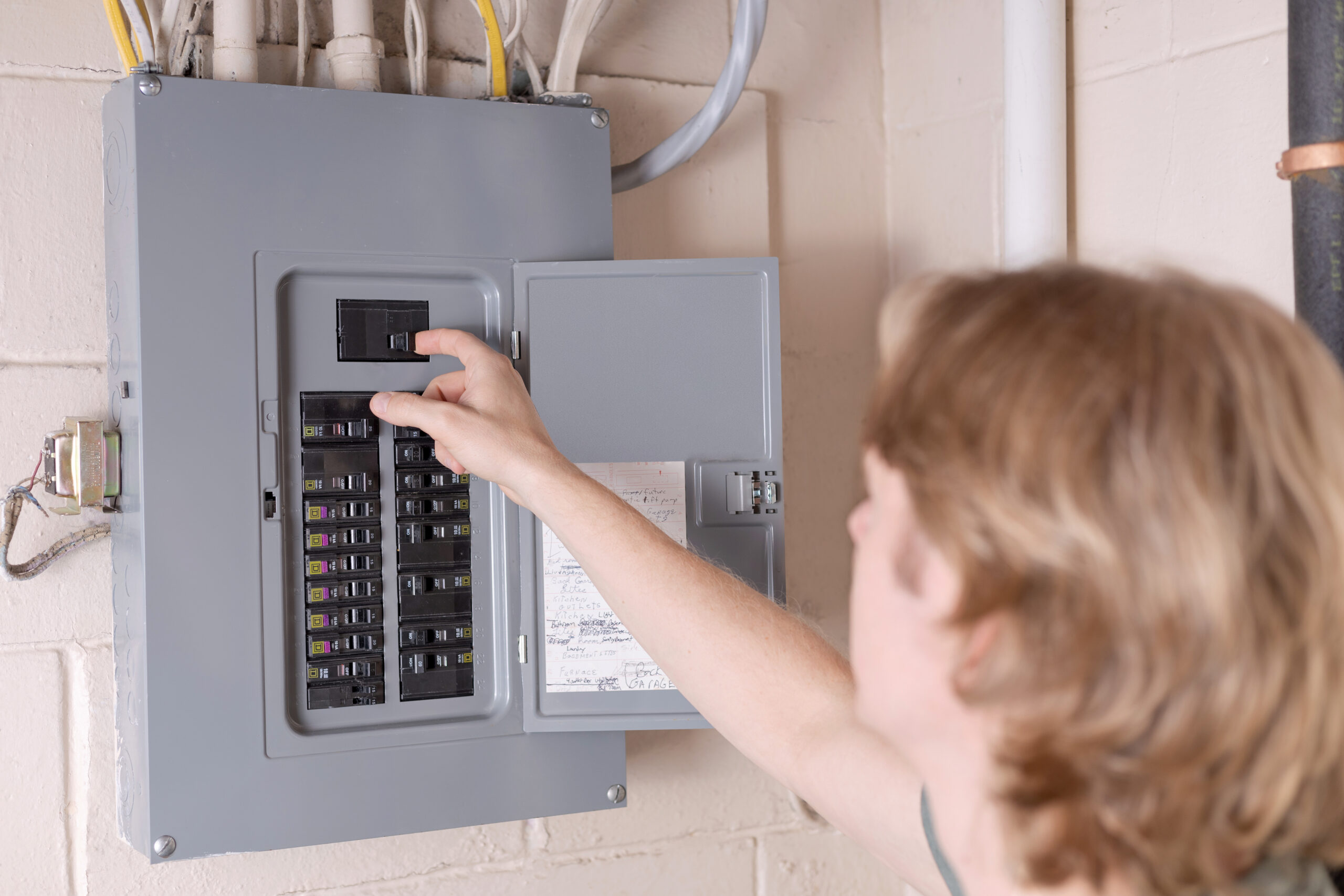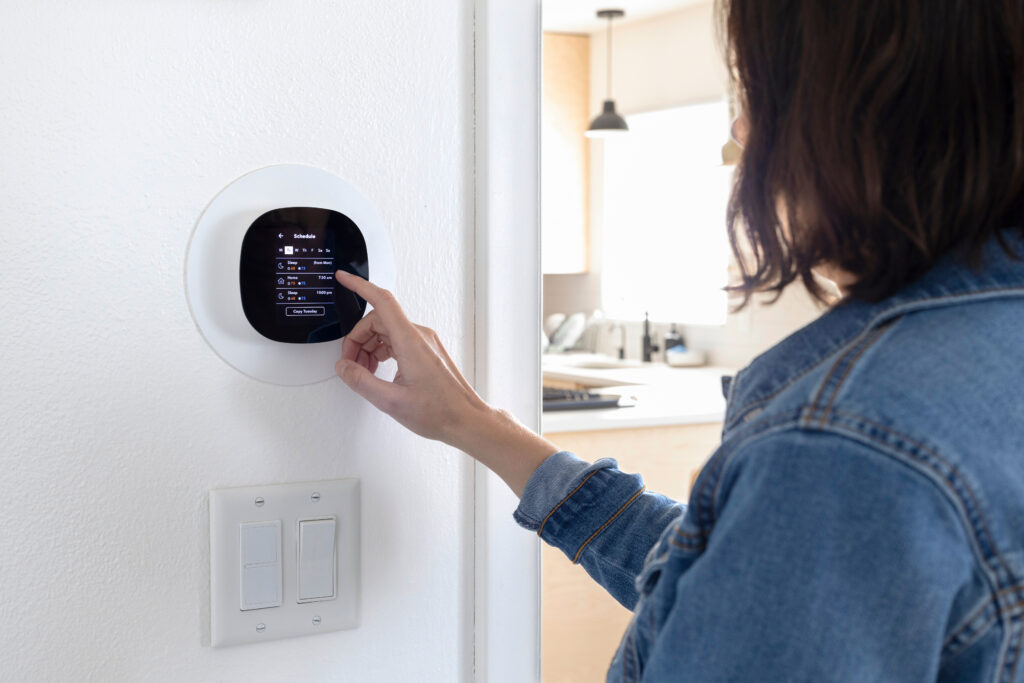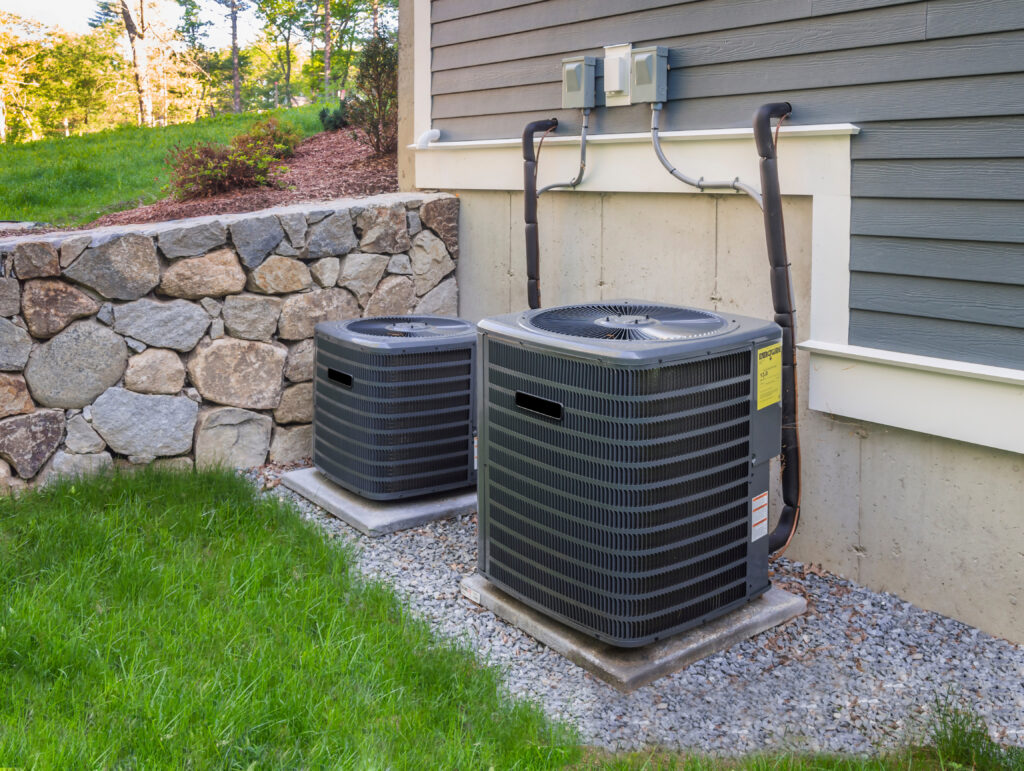How to Flip a Tripped Breaker and Stay Grounded in Your Home
Okay—so your lights flickered, maybe your microwave abruptly stopped mid-burrito heat, and now you’re walking room to room tapping switches like you’re in a power outage escape game. If you’re here, you’re probably wondering how to confidently—and safely—flip a breaker back on. There’s also that buzzword you’ve heard: “grounding.” Is your home grounded? Should you be worried? Let’s break it all down without frying your brain. Whether you’re a new homeowner or just someone who pulled the short straw to reset the panel, let’s make this make sense. And don’t worry, I’ll keep it real, helpful, and totally jargon-light.
What Is a Circuit Breaker and Why Does It Trip?
Alright, start with this: a circuit breaker is basically the bouncer for your home’s electrical system. Stuff gets wild—too much current, a surge, an overloaded power strip trying to charge six devices and run a mini fridge—and boom, the circuit breaker steps in. It flips off to shut down the party and protect your house from something worse, like an electrical fire. Like, thanks, little box of smart switches.
Every breaker is responsible for a section of your home. Usually, your panel will have a sweeter-than-expected label telling you which breaker leads to where (kitchen, living room, etc.). When a breaker “trips,” it moves to the middle or OFF position, cutting power to that area to keep things safe and prevent damage. First instinct? Turn it back on. But wait—we gotta know why it tripped. That’s where grounding comes into play. More on that in just a second.
How to Flip a Breaker Back On—Without Freaking Out
So, here’s your step-by-step, no-stress process. First, go to your electrical panel. Most are located in garages, basements, or utility closets—not exactly prime real estate, but crucial territory. Open the panel door. Look inside. A tripped breaker usually looks… well, off. It won’t be in the same line as the others. Flip it all the way OFF first. That helps reset it. Then flip it back ON. You should hear or feel a click. If the power comes back—great. But if it trips again immediately, stop. You could be dealing with a bigger issue, like a short circuit or an appliance gone rogue.
If that happens, unplug everything on that particular circuit. Try flipping the breaker again. If it holds, plug things back in one at a time. You’ll likely find out what tripped it—maybe it’s your sketchy old toaster or a hairdryer that gave its last puff 15 years ago. If it still won’t stay on even when everything’s unplugged, time to call in an electrician. And take a breath—you didn’t break your house.
Wait, What Does “Grounded” Mean in Electrical Terms?
Good question. In the world of home electricity, being “grounded” isn’t a punishment—it’s a safety net. When your electrical system is grounded, it means excess electricity has somewhere to safely go if things go sideways. Basically, there’s a safe path back to the earth if there’s a fault (like from a lightning strike, surge, or malfunctioning appliance). Grounding saves your devices, your home, even your life, from electrical hazards.
You can usually tell if your home is grounded if your outlets have three prongs—the bottom round prong is the grounding one. Homes built after the 1960s are generally grounded by code, but if you live in an older house, especially one that’s still rocking two-prong outlets, there may be some updating needed to meet current safety standards. Grounding and breakers work together, like peanut butter and jelly, to keep your house from getting cooked by a rogue electrical issue.
Common Causes of Tripped Breakers (and How to Chill About Them)
Honestly, tripped breakers are kind of like your body telling you you’re dehydrated—annoying, but totally helpful. They happen when we ask too much of a single circuit. Think: running your blender, toaster oven, and espresso machine at the same time on the same line. That’s a lot of wattage, and your circuit throws in the towel.
Other culprits? Damaged cords, plug overloads (too many plug-ins on one outlet), worn or faulty appliances, or weather issues like lightning. Less commonly, internal wiring issues come into play—which is when grounding again proves its worth. It’s all manageable stuff, and with a bit of awareness and the occasional electrician visit, you can keep things under control.
Signs Your Home’s Electrical Might Not Be Properly Grounded
If your breaker trips constantly and without clear cause, or if you’re getting zapped more than usual by appliances or outlet plates, grounding (or a lack of it) could be a problem. That old two-prong outlet setup we mentioned? Big red flag. Also—burning smells near outlets, flickering lights when the HVAC kicks on, and other weird power quirks could indicate outdated or poorly grounded wiring.
Electrical faults due to improper grounding aren’t just nuisances—they’re risks. Grounding not only protects devices but also reduces the likelihood of shocks and fires. Having a certified electrician inspect your grounding situation (especially in older homes) is always a smart choice. And yes—it can be covered under some home warranty plans. Keep reading.
Rebooting Confidence with a Home Warranty—Circuit Breakers Included
Okay, here’s your full-circle moment. If flipping breakers becomes a frequent part of your daily routine, or you’re living in what feels like a mid-century mystery box, having a solid home warranty is wicked helpful. Issues with breaker panels, grounding, and general electrical wonkiness are more common than you’d think—and sometimes they don’t show up until you install something new or power load increases.
Home warranty plans, like those from Armadillo, can help cover costs and coordinate licensed professionals to diagnose and fix issues without the usual panic and price tags. You never really think you need protection until suddenly POP—the kitchen goes dark and you’re cooking by flashlight. Been there. Not going back.
Protect Your Power and Keep Home Woes at Bay with Armadillo
Whether you’re resetting a rogue breaker or wondering if your home’s grounded plumbing matches up with your electrical system (yes, systems can tangle), feeling confident in your home’s safety is next-level peace of mind. Armadillo makes it simple to cover electrical panels, grounding issues, and other key systems with customizable home warranty plans designed the way modern homeowners live—always on the go, maybe slightly distracted, but ready to roll with a smart backup plan.
Check out Armadillo’s homepage for the full breakdown, or go ahead and start building your customized coverage with our super-easy plan builder. Because your breaker might trip, but your confidence in handling it doesn’t have to.


























